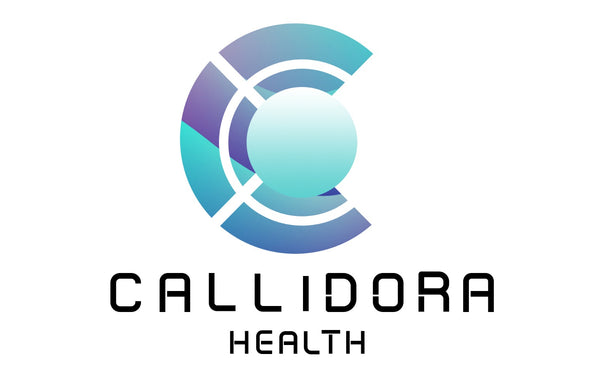Vein health is crucial to overall well-being, especially for individuals who suffer from chronic venous insufficiency, varicose veins, or other vascular issues. One effective treatment option for managing these conditions is the use of 4-layer compression bandages. These bandages play a pivotal role in improving circulation, alleviating discomfort, and promoting healthier veins. In this blog, we'll explore how 4-layer compression bandages work and why they are an essential tool in vein care.
What Are 4-Layer Compression Bandages?
A 4-layer compression bandage system is a therapeutic approach designed to treat various venous conditions. As the name suggests, the system consists of four distinct layers that work together to apply graduated compression to the legs. Each layer has a specific role in providing the right amount of pressure and support to reduce swelling, promote circulation, and aid in the healing process.
The Four Layers Explained
-
First Layer – Soft Padding or Foam Layer: The first layer typically consists of soft padding or foam material that provides cushioning for the skin. This layer ensures comfort, protects the skin, and helps distribute the pressure evenly across the leg.
-
Second Layer – Cohesive Compression Bandage: The second layer is a cohesive bandage that sticks to itself but not to the skin. This layer provides the primary compression and helps secure the padding layer in place. It adds stability while maintaining flexibility for movement.
-
Third Layer – Elastic Compression Bandage: The third layer consists of an elastic bandage that provides an additional level of compression. The elasticity ensures that the bandage conforms to the contours of the leg, ensuring effective and targeted pressure on the veins, particularly those affected by venous insufficiency or varicose veins.
-
Fourth Layer – Fixation Bandage: The final layer is a fixation bandage that secures the entire compression system in place. This layer holds all the layers together, preventing slippage and maintaining the proper level of compression throughout the day.
Benefits of 4-Layer Compression Bandages
1. Improved Circulation: The primary benefit of compression therapy is enhanced circulation. The graduated pressure provided by the 4-layer bandages helps blood flow more efficiently toward the heart, reducing the pooling of blood in the veins, which is a common issue in varicose veins and venous insufficiency.
2. Reduced Swelling: Swelling, or edema, often occurs when blood and fluid pool in the lower legs. The compression provided by these bandages helps reduce this swelling by encouraging the movement of fluid back into the bloodstream, preventing uncomfortable and unsightly bloating.
3. Pain Relief: Chronic venous conditions often lead to discomfort or pain in the legs. Compression bandages help relieve this pain by reducing pressure on the veins and improving circulation, leading to a reduction in inflammation and discomfort.
4. Healing of Venous Ulcers: Venous ulcers, which are open sores caused by poor circulation in the legs, are common in individuals with advanced venous insufficiency. Compression therapy, such as 4-layer bandages, helps promote the healing of these ulcers by improving circulation and reducing inflammation.
5. Non-Invasive Treatment: One of the greatest advantages of 4-layer compression bandages is that they offer a non-invasive, cost-effective alternative to more aggressive treatments like surgery or injections. Regular use of compression bandages can provide significant relief without the need for hospitalization or recovery time.
When to Use 4-Layer Compression Bandages
4-layer compression bandages are particularly useful for individuals suffering from conditions like:
- Varicose veins
- Chronic venous insufficiency
- Venous ulcers
- Deep vein thrombosis (DVT) recovery
- Swelling and edema caused by various conditions
It's important to consult a healthcare provider before using compression bandages to ensure they are appropriate for your condition and are applied correctly.
